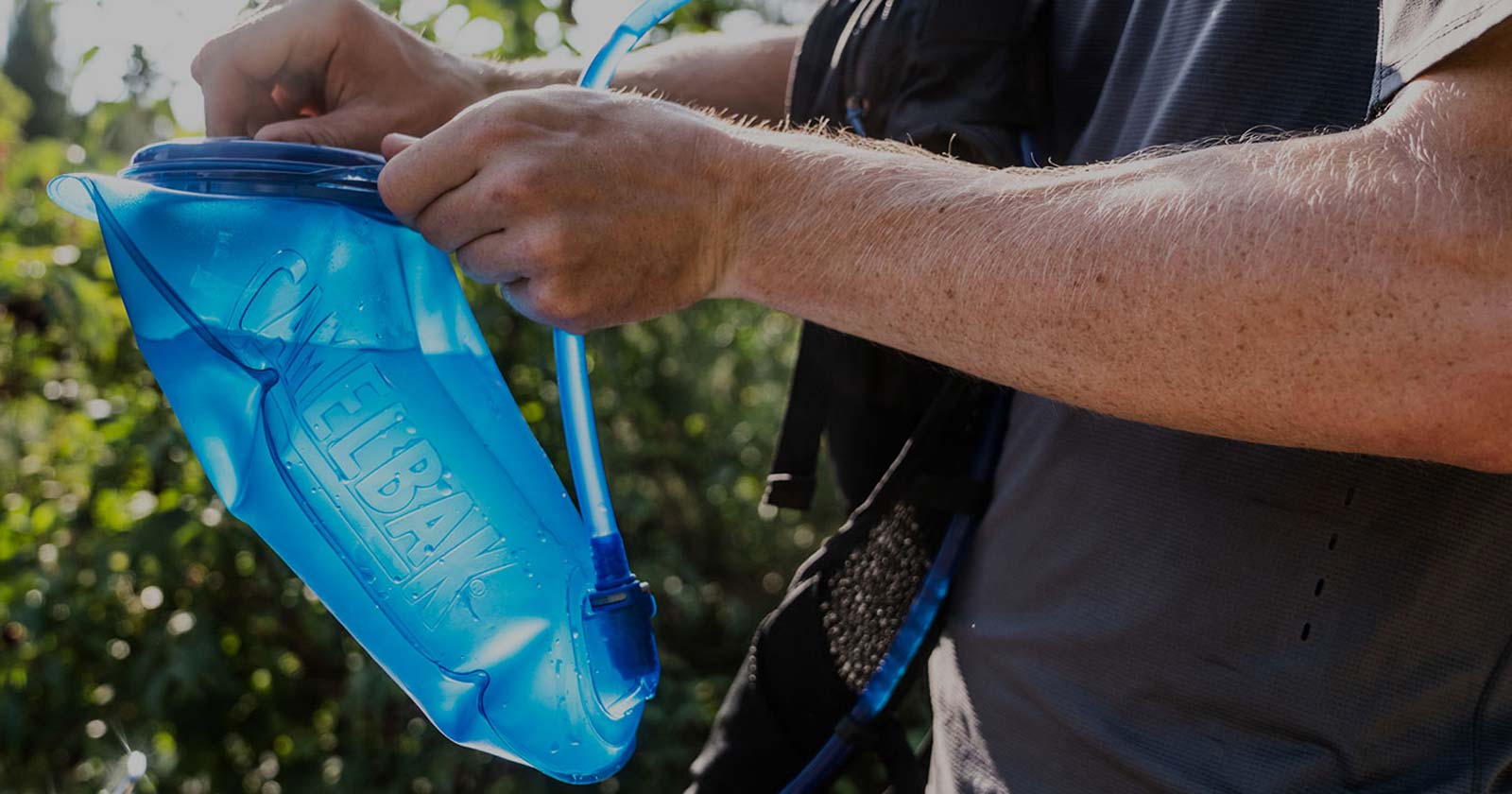Have you ever wondered why people say, Cotton Kills?
Regardless of whether you are new to hiking or are experienced in the outdoors, you’ve probably been told that ‘cotton kills’. This saying suggests that cotton is not an ideal material for hiking and that it is responsible for many deaths. So let’s get one thing straight. It is not cotton that kills but the fact people get wet and cold that then leads to hypothermia and death. Hypothermia is a medical emergency that occurs when your body loses heat faster than it can produce heat, causing a dangerously low body temperature. When hiking in any weather, you need to wear suitable clothing to stay dry and warm. Clothing keeps you warm by trapping air near your skin that is then heated by your body when the temperatures are low.
Why do people say cotton kills?
Hypothermia is the leading cause of death among outdoor enthusiasts. So, while cotton clothing itself does not kill, it can easily lead to hypothermia — hence why the phrase ‘cotton kills’ is so often used.
When cotton gets wet, it ceases to insulate you because all of the air pockets in the fabric fill up with water. When you hike, you perspire, and any cotton clothing touching your skin will absorb your sweat like a sponge. There are two scientific reasons behind the warning that cotton kills.
- The first is that cotton has a capillary action, meaning that water goes into the middle of the fibers like a straw. Normally, our clothes keep us warm because they create pockets of air that serve as insulation. Wet cotton doesn’t have these air gaps so won’t keep you warm. By contrast, wool still maintains its insulating properties even when it’s wet.
- Cotton is also hydrophilic (water-loving). It can absorb up to 27 times its weight in liquid water, meaning it quickly becomes drenched from sweat on hikes. Once wet, cotton dries very slowly. As it dries, your body loses heat through evaporation. You also lose heat conduction: your body heat moves outwards towards the wet clothes. By contrast, quick-dry materials barely hold any water, so won’t cause nearly as much body heat loss.
If the air is colder than your body temperature , you’ll feel cold because your cotton clothing is saturated and no longer providing any insulation. This can lead to disorientation, hypothermia, and potentially death if you become too chilled. Remember, hypothermia can occur in temperatures well above freezing and become serious if you get wet and chilled.
It might not seem dangerous to wear cotton clothing on a mild-weather hike. However, it’s easy to underestimate how dangerous wet cotton clothing can be. Generally, the body only loses about 2% of its body heat to conduction but, when in contact with wet cotton clothing, it loses 10% to 15% of its heat. Calculate in heat loss from evaporation and you see why hypothermia can occur even at temperatures of 15C.
Although appreciated for being durable, non-itchy, and soft, cotton is not an ideal material for hikers in cold weather. Your hiking clothing should be moisture-wicking, odor-resistant, and quick-drying. Cotton lacks most of these qualities. The saying ‘cotton kills’ suggests that cotton is not an ideal clothing material for when the temperatures are low. This is because cotton:
- Has poor insulation
- Is a poor wicking fabric
- Has a long drying time
- Is a heavy fabric
When is cotton OK to wear?
While cotton is not the ideal material for cold wet weather, many will say that cotton is perfectly fine to wear cotton on short hikes in warm weather. A lot of people wear cotton clothes hiking and, in most situations, will not have no issues at all. Even if your clothes do end up wet from perspiration or a sun shower on a warm weather day hike, it isn’t likely to cause dangerous heat loss and may in fact offer your relief from the heat through the cooling effects of evaporation. While your cotton clothes might be okay when hiking on a hot day.
Where cotton starts to be problematic is on longer hikes in extreme climates, such as overnight and multi-day trips. Your clothes are almost guaranteed to get wet from perspiration and inclement weather that can rapidly change without warning. Good rain gear will keep you dry but, because rain jackets aren’t very breathable, you end up sweating more and get wet from the inside out. Hiking in cotton clothes in winter is definitely not recommended. It defeats the point of having a good winter jacket if you are just going to wear cotton base layers, which will end up wet against your skin. That being said, you may decide it’s okay to wear cotton in cooler weather or longer hikes. However, if you are going to do a serious hike in cotton, make sure you always have dry clothes to change into as remaining cold and wet is what will get you into trouble. Stop and consider what would happen if you had to spend an unplanned night outdoors due to an injury or getting lost? Your cotton clothes could literally be the death of you.
What other fabrics can you wear?
Wool is generally considered the best material for hiking because it is breathable, so prevents sweating. It won’t absorb nearly as much water as cotton: only 30% of its weight vs. 2700% with cotton. Wool also doesn’t have the capillary action like cotton: it will still have air gaps in its fibers when wet, which is why hikers say that wool insulates even when wet.
Nylon and polyester are also good materials for hiking. They don’t absorb water well and have a wicking action, which means they move moisture outwards. Wicking fabrics move water from wet areas to dry ones using a process called capillary action. A wicking baselayer shirt will move moisture from the surface of your skin to the outer layers of your shirt leaving the part of the fabric touching your skin dry. This is why layering is such an effective clothing strategy for hiking because wicking fabrics move water away from your skin and up through your layers one after another, enabling the fabric near your skin to trap insulating air and retain your body’s warmth. Because the moisture isn’t against your skin, your body doesn’t lose as much heat from conduction. It’s worth noting though that not all synthetics are created equally. For example, honeycomb polyester (waffle fabric) does a much better job of wicking than normal polyester fibers. Avoid wearing garments that are labelled as corduroy, denim, flannel too as these are all made with cotton. In addition, steer clear of cotton-polyester blends, for example 50/50. They still might kill you in cold weather, it may just take a little longer.
Do you wear cotton when hiking? Share your experiences in the comments section below.






Wool for the win!
Can’t wear Willem tops or synthetic, cotton all the way for me. I just carry spare dry TShirts with an overnight.
Saying no cotton or cotton kills as a blanket statement is a bit much i think.
The guys selling $200 hiking tops love this saying! It’s hot in most of Australia so cool cotton that holds water against your skin in hot conditions keeps you from dying of heat stroke.
Although the last comments are 2 yers old after reading, I wanted to resend.
People unable to wear synthetic fabrics due to skin reactions or even just preference could wear merino or bamboo.. Both have wicking properties and won’t stink even after five days hiking, and although more expensive than cotton you’ll only need the one you’re wearing, negating the need to buy/pack extra t-shirts . Win!
Regarding expensive ‘hiking’ clothing – Kmart has cheap sports clothes so a synthetic singlet or t-shirt can be purchased for under a tenner. Op shops are awesome for light, wicking clothing too. Save your money for the important stuff. Happy trails! ❤️✨ 🌙